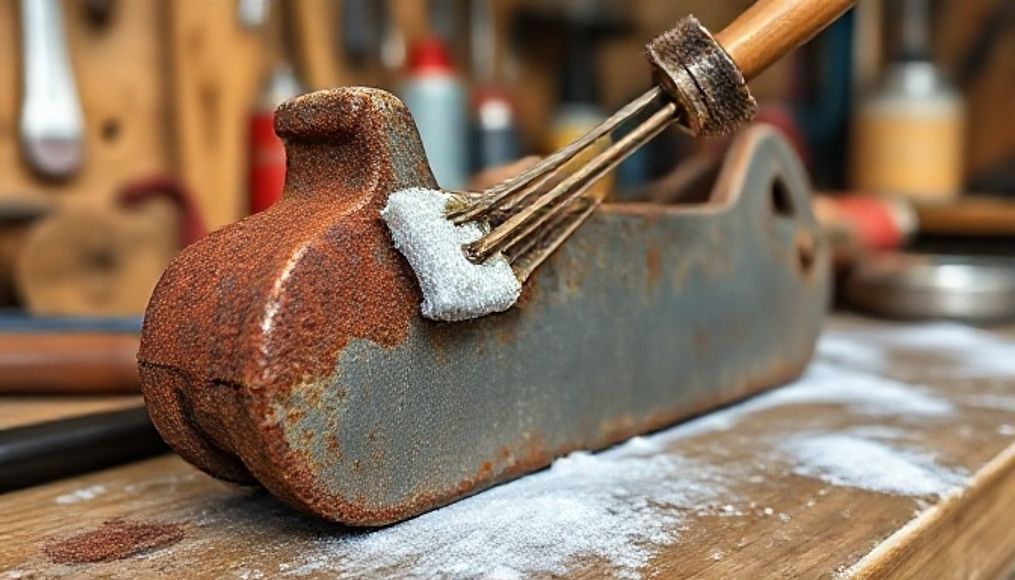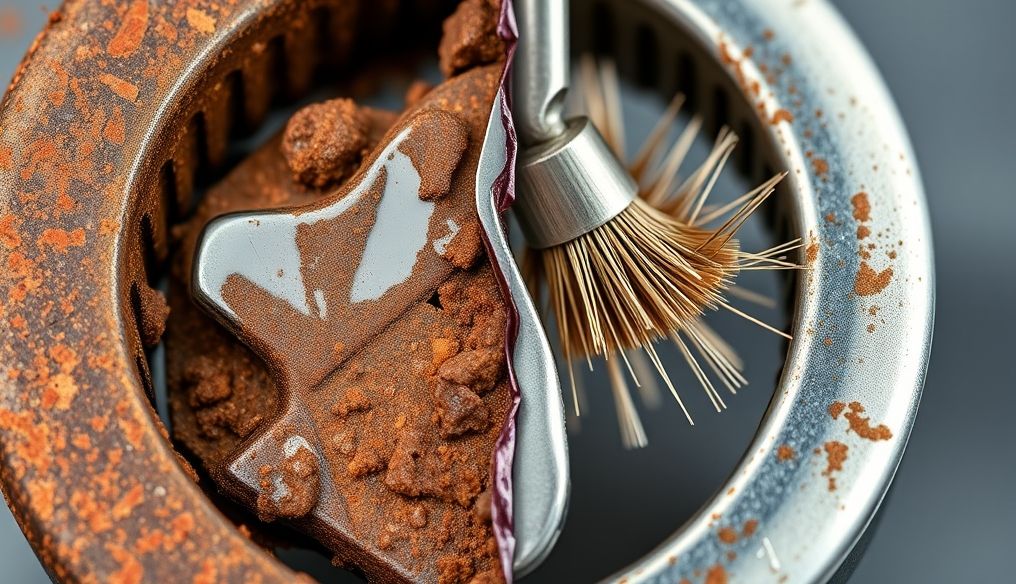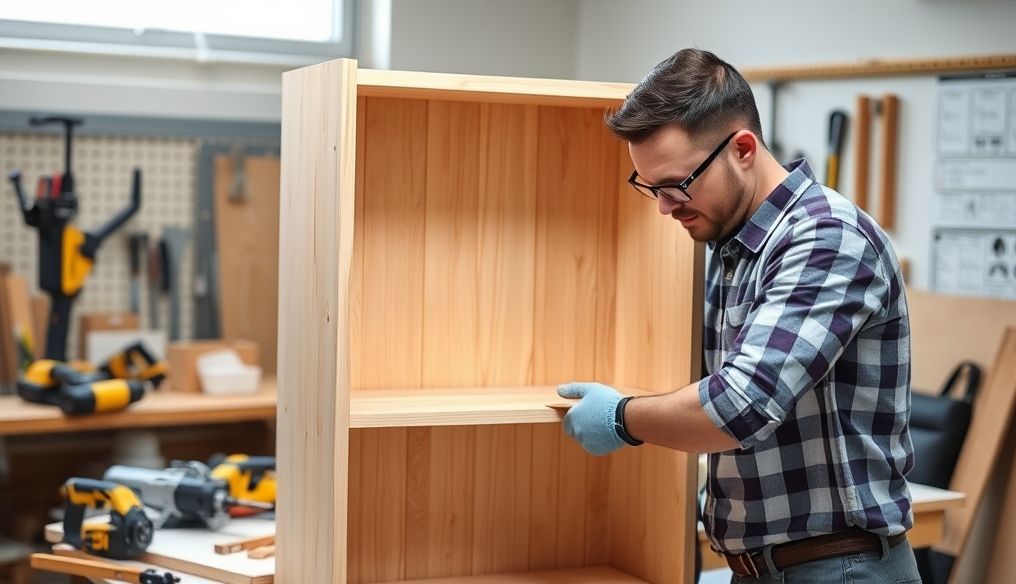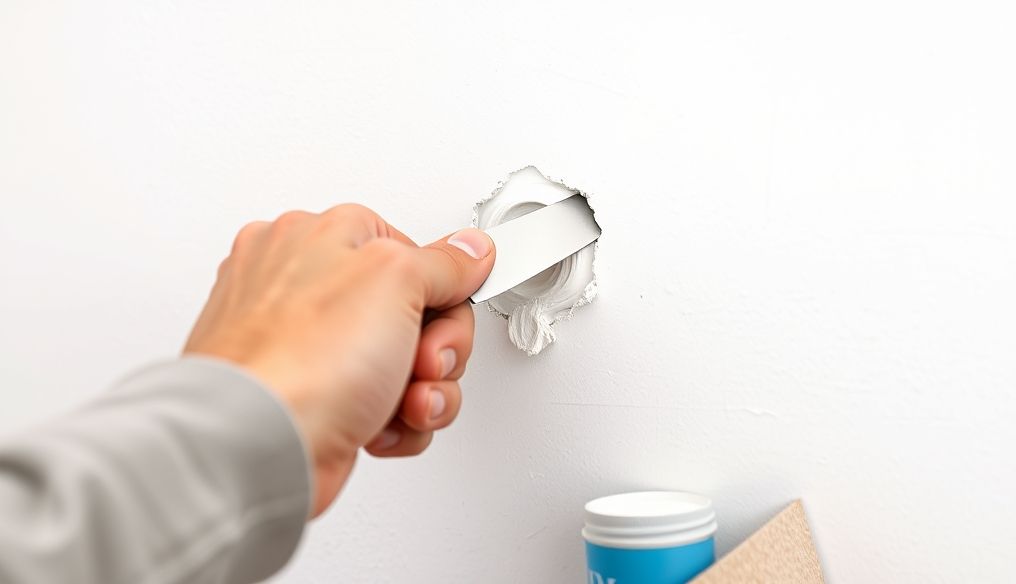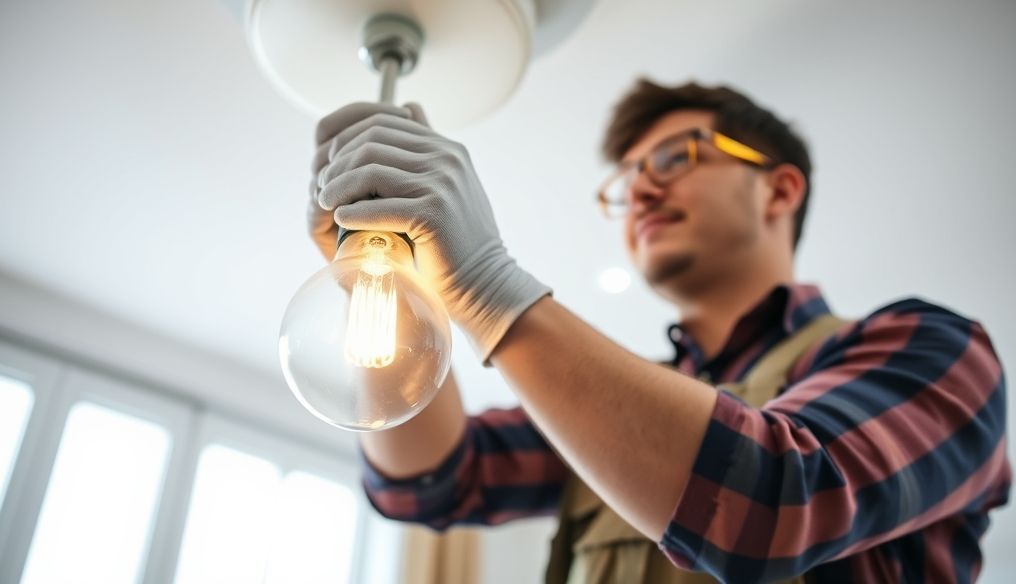Introduction: Rust - The Hidden Enemy of Metals
Rust, that reddish-brown layer that appears on metal surfaces, is more than just an aesthetic problem. It is an indicator of metal corrosion and a threat to its structural integrity. Fortunately, there are many effective ways to remove rust and restore the shine of metals, whether they are household tools, car parts, or art objects.
Chapter 1: Understanding Rust - What is it and How Does it Form?
What is Rust?
Rust is essentially iron oxide, formed as a result of the reaction of iron with oxygen and water. This chemical reaction leads to corrosion of the metal surface and the formation of a brittle and incoherent layer.
Factors that Accelerate Rust Formation:
- Humidity: A humid environment accelerates the oxidation process.
- Salts: The presence of salts, such as table salt or salts found in seawater, increases the rate of corrosion.
- Acids: Acidic substances react with iron and accelerate rust formation.
- Pollution: Some air pollutants, such as sulfur dioxide, can increase metal corrosion.
Chapter 2: Basic Safety Tools Before Starting
Before starting any rust removal process, it is essential to take the necessary safety precautions to protect yourself.
- Wear Gloves: To protect your hands from chemicals and rust.
- Safety Glasses: To protect your eyes from flying debris and chemicals.
- Mask (Optional): If you are working in an enclosed space or using strong chemicals.
- Good Ventilation: Make sure there is good ventilation in the place where you are working.
Chapter 3: Natural Methods for Rust Removal - Simple Household Solutions
There are many natural and safe ways to remove rust using materials available in most homes:
1. White Vinegar:
White vinegar is acidic in nature, making it effective in dissolving light rust.
- Soak the metal piece in white vinegar for several hours, or overnight if the rust is severe.
- Use a wire brush or coarse cloth to scrub the rust after soaking.
- Wash the piece with water and dry it thoroughly.
2. Baking Soda (Sodium Bicarbonate):
Baking soda is a mild abrasive that helps remove rust without damaging the metal.
- Mix baking soda with water to form a paste.
- Apply the paste to the rusted area and leave it for 30 minutes.
- Scrub the paste with a wire brush or coarse cloth.
- Wash the piece with water and dry it thoroughly.
3. Lemon and Salt:
Citric acid in lemon and salt work together to dissolve rust.
- Sprinkle salt on the rusted area.
- Squeeze lemon juice over the salt.
- Leave it for 2-3 hours.
- Scrub the area with a coarse cloth or lemon peel.
- Wash the piece with water and dry it thoroughly.
4. Potato and Soap:
Oxalic acid found in potatoes helps break down rust.
- Cut the potato in half.
- Put some soap on the cut part of the potato.
- Rub the rusted area with the potato.
- Wash the piece with water and dry it thoroughly.
Tip: Potatoes can be used with baking soda instead of soap for better results.
Chapter 4: Chemical Methods for Rust Removal - More Powerful Solutions
If natural methods are not sufficient, chemicals can be used to remove rust more effectively.
1. Commercial Rust Removers:
Many commercial rust removers are available on the market, specifically designed to remove rust quickly and effectively. Follow the instructions on the package carefully.
2. Oxalic Acid:
Oxalic acid is a strong chemical used to remove severe rust. It should be used with caution and wearing gloves and safety glasses.
- Mix oxalic acid with water according to the instructions on the package.
- Soak the metal piece in the solution for 20-30 minutes.
- Scrub the piece with a wire brush.
- Wash the piece thoroughly with water and dry it.
3. Phosphoric Acid:
Phosphoric acid converts rust into a protective layer that prevents further corrosion.
- Apply phosphoric acid to the rusted area.
- Let it dry.
- Wipe off the excess with a clean cloth.
Warning: Chemicals should be used with great care and following the safety instructions on the package. Make sure the area is well ventilated and wear appropriate protective equipment.
Chapter 5: Mechanical Methods for Rust Removal - Physical Strength and Techniques
These methods rely on removing rust by friction and physical force.
1. Sandpaper:
Sandpaper is an effective way to remove rust from flat surfaces.
- Use coarse sandpaper to remove the thick layer of rust.
- Use finer sandpaper to smooth the surface.
- Wipe the surface with a clean cloth.
2. Wire Brush:
The wire brush is ideal for removing rust from hard-to-reach places.
- Rub the rusted area with the wire brush in a circular motion.
- Continue rubbing until the rust is removed.
- Wipe the surface with a clean cloth.
3. Grinding Tools:
Grinding tools are used to remove rust quickly and effectively from large surfaces.
- Choose the appropriate grinding head for the metal you are working on.
- Pass the grinding tool over the rusted area in a steady motion.
- Wipe the surface with a clean cloth.
4. Sandblasting:
Sandblasting is an effective way to remove severe rust from large surfaces. It requires the use of special equipment and experience.
Chapter 6: Tips to Prevent Rust from Returning
After removing rust, it is important to take steps to prevent it from returning.
- Painting the Metal: Paint provides a protective layer that prevents oxygen and water from reaching the metal surface.
- Oiling: Oil forms an insulating layer that prevents rust.
- Lubrication: Greases provide long-term protection against rust.
- Proper Storage: Store metal tools and equipment in a dry, cool place.
- Use Rust Inhibitors: There are many rust inhibitors available on the market, such as silicone sprays.
Chapter 7: Rust in Cars - How to Deal with it Effectively
Rust is a common problem in cars, especially in areas with humid or cold climates.
- Early Detection: Inspect your car regularly for any signs of rust.
- Regular Car Cleaning: Wash your car regularly to remove dirt and salts that contribute to rust formation.
- Repair Damaged Paint: Repair any scratches or paint damage immediately to prevent water and oxygen from reaching the metal.
- Use Rust Inhibitors: Apply rust inhibitors to areas prone to rust, such as the underside of the car.
Chapter 8: Rust on Household Tools - Cleaning and Maintenance Methods
Metal household tools, such as pots, pans, and knives, are prone to rust if not properly cared for.
- Immediate Drying: Dry metal tools immediately after washing them.
- Avoid Leaving Tools in Water: Do not leave metal tools in water for a long time.
- Use Appropriate Cleaning Materials: Use mild cleaning materials that do not contain harsh chemicals.
- Periodic Oiling: Oil metal tools periodically to prevent rust.
Chapter 9: Common Mistakes to Avoid When Removing Rust
There are some common mistakes to avoid when removing rust:
- Using Too Strong Abrasive Materials: Strong abrasives may damage the metal surface.
- Not Wearing Protective Equipment: Chemicals and flying debris may expose you to injury.
- Not Drying the Metal Well: Failure to dry the metal well may lead to rust returning.
- Not Treating the Area After Rust Removal: The area should be treated after rust removal to protect it from further corrosion.
Conclusion: Restoring the Shine of Metals is a Possible Task
Removing rust from metals is not an impossible task. Using the right tools and materials, you can restore the shine of your metal possessions and keep them for years to come. Always remember to take the necessary safety precautions, and prevention is better than cure!
